
It Wasn’t Aliens… Dr Danny Price On What We Heard From Poxima Centauri
It turns out the alien communication detected from Proxima Centauri in 2019 was interference from here on Earth… Dr Danny Price, part of the SETI team beams in to explain

It turns out the alien communication detected from Proxima Centauri in 2019 was interference from here on Earth… Dr Danny Price, part of the SETI team beams in to explain

Built from the ground up by some smart people at Curtin University in Perth, cubesat Binar-1 was launched into orbit from the Space Station last week and has phoned home

We’ve got special guest co-host Thomas Crow with us for this edition of Talkin’ Science. We’ll be catching up on Crew 3’s launch delay, find out the depth of the

Astronomers have found the future of our sun, a really old white dwarf thats switching on and off, the first extra galactic exoplanet has been found and Blue Origin’s plans

Radio astronomy is entering the fray when it comes to finding exoplanets, with new research postulating that radio signals from red dwarf stars are actually the magnetic interaction with their

Australia set to join an elite club, when we build a lunar rover for Artemis, an intermittent radio signal from the centre of the Milky Way has been discovered by

We’re just eleven weeks from the end of the year, and on today’s Talkin’ Science – the first potential exoplanet to orbit three stars – a trinary star system –

Captain Kirk is set to take flight, with William Shatner aboard Blue Origin. NASA’s InSight Lander records a 4.5 magnitude Marsquake for over an hour! And a new theory postulates

Dr Matt Roth from Mt Stromlo has discovered the origins of gamma rays after studying old Hubble data and observations from the Fermi Gamma Ray Observatory. It’s unlocked a key

Only a handful of severe earthquakes have rocked Australia in the past 100 years, from Meckering in Western Australia to Newcastle in New South Wales and the Northern Territory as

It’s time for another edition of Talkin’ Science. Dr Brad and Matt have details of studies into China’s lunar samples, Inspiration 4’s return to Earth, a Russian film crew heading

Professor Deanne Fisher and an international team have discovered what happens during stellar formation… and where heavier elements come from…

It’s the thirty fifth week of 2021 and today we’re talkin Perseverance successfully drilling for rocks the second time round, the Federal Aviation Administration in the US grounding Virgin Galactic

It’s the 34th week of 2021 and NASA’s new space telescope clears it’s final testing and is now ready for launch. An asteroid has been discovered orbiting the Sun, closer

Macquarie University’s Doctor Christian Schwab developed a new kind of spectrometer that brings solar systems into sharper focus to aid in the discovery of smaller exoplanets. On this episode, we

It’s the thirty third week of 2021 and Russian space junk likely caused the loss of a Chinese satellite. Fifteen years on since the textbooks were changed – why does

The mantle of the far side of the Moon is likely drier than the near side, according to international researchers who say this could help us understand how the Earth’s companion formed.
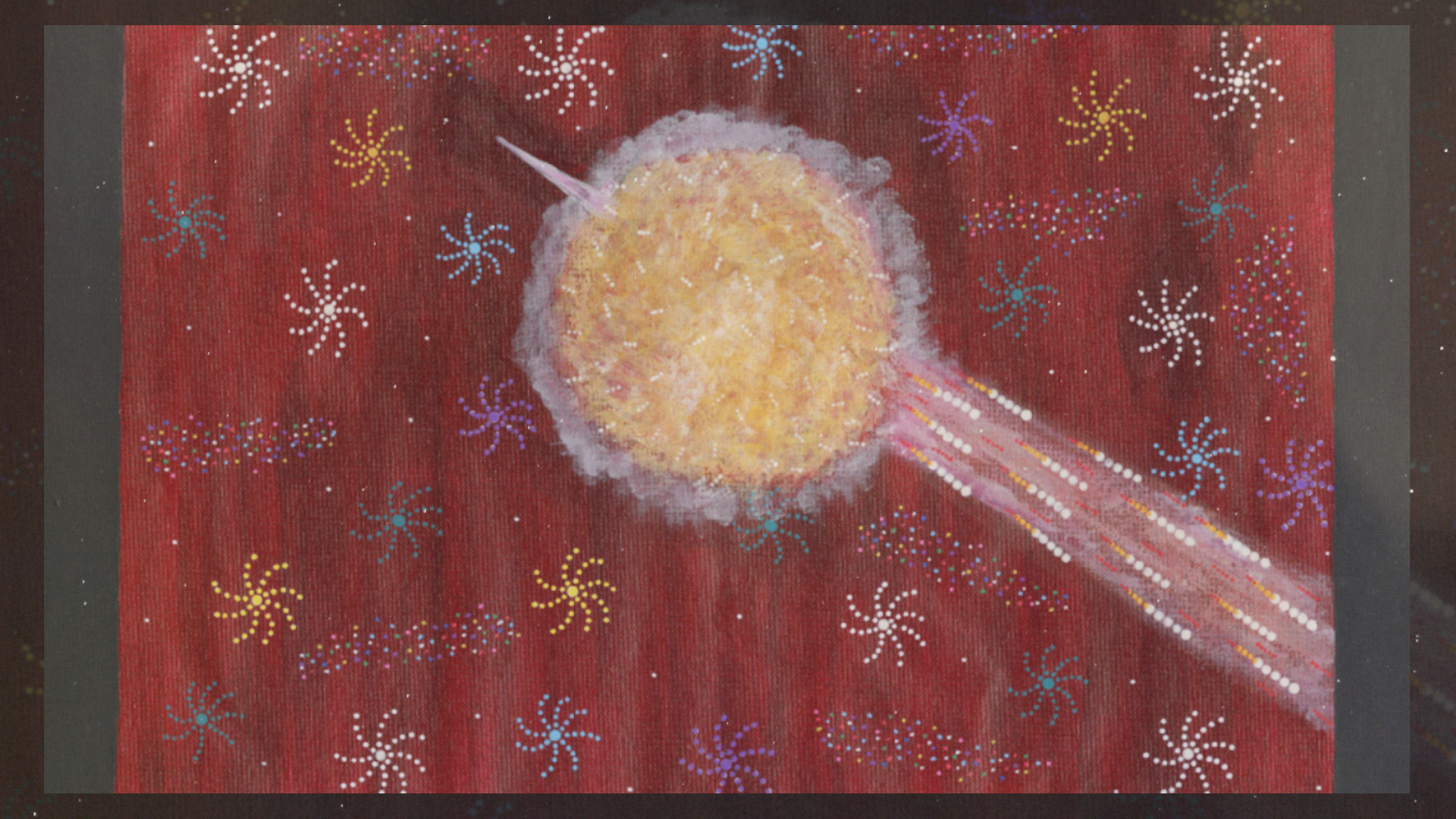
The first trial of an Australian-developed technology has detected mysterious objects by sifting through signals from space like sand on a beach.
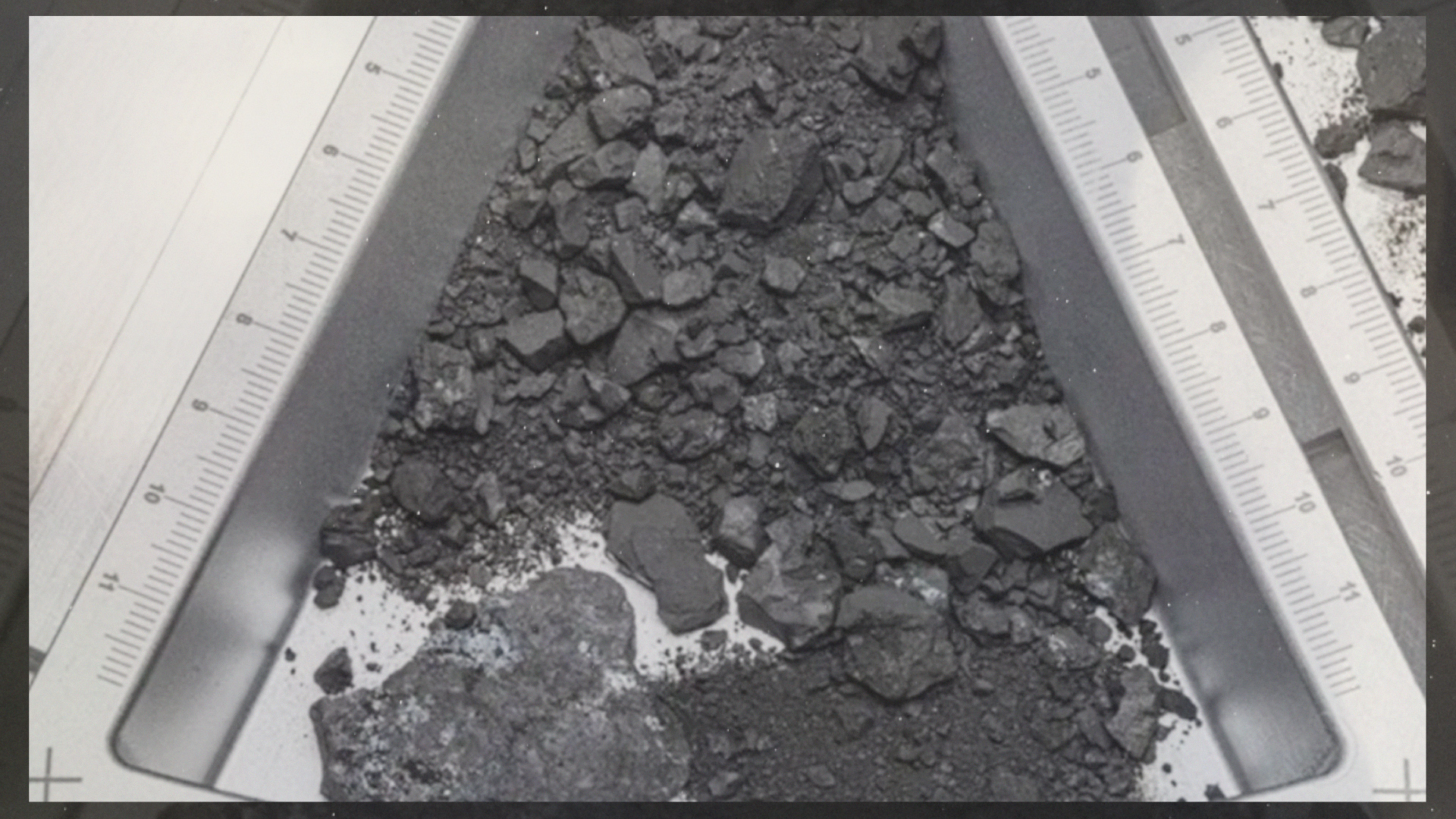
Rock and dust samples brought back from the near-Earth asteroid Bennu contain organic matter, including amino acids and all five DNA and RNA bases, as well as salts that formed early in the history of Bennu’s parent body, according to a pair of studies by international and Australian researchers.
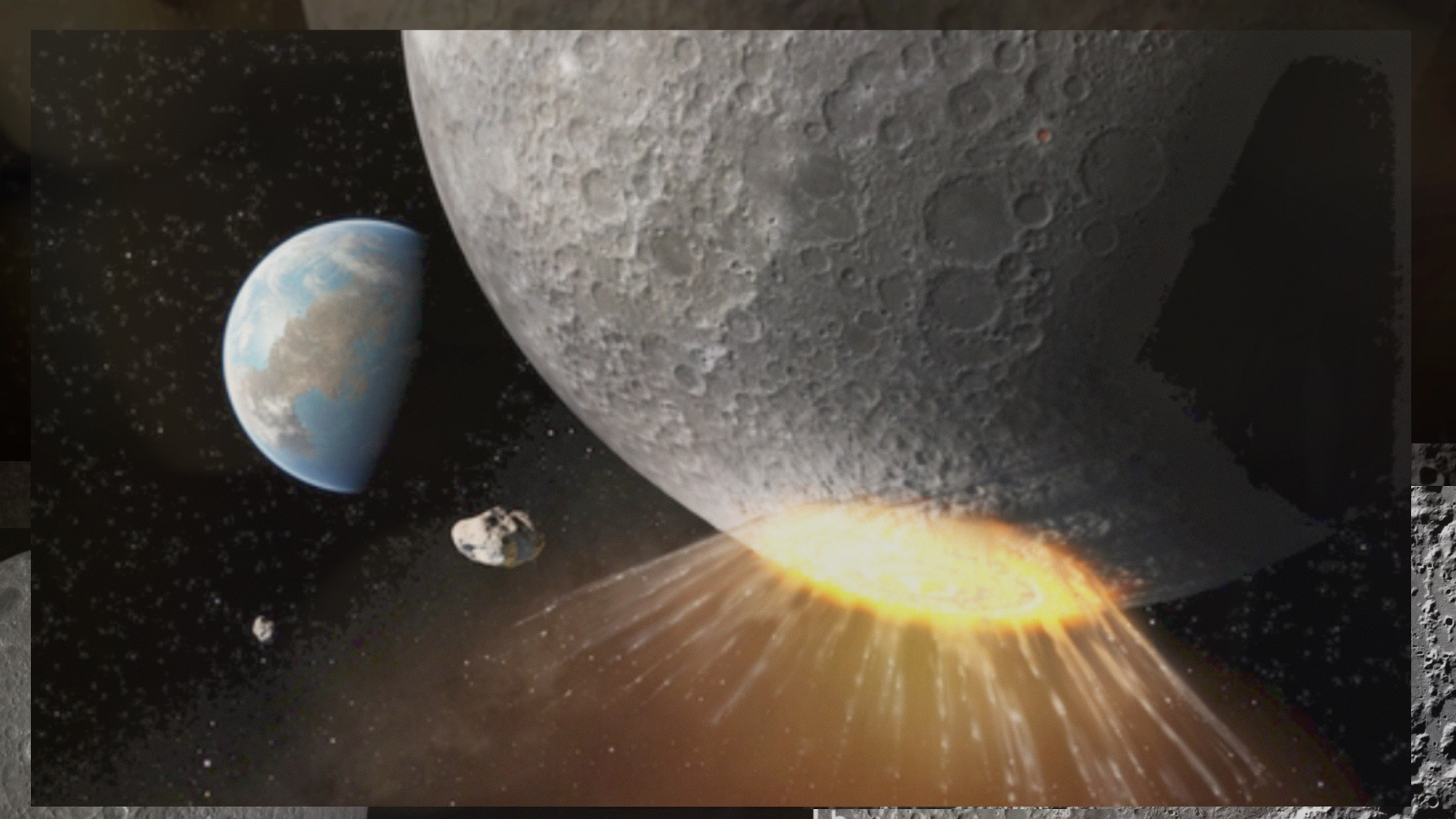
The Schrödinger impact basin is an area of the moon that contains two gigantic canyons – that are definitely there whether you look at it or not – and international researchers say they might have found out how these huge valleys were formed.

Dust on the moon could one day be used to build solar panels, according to researchers who say this could allow astronauts to access power on the moon without carting heavy equipment from Earth.
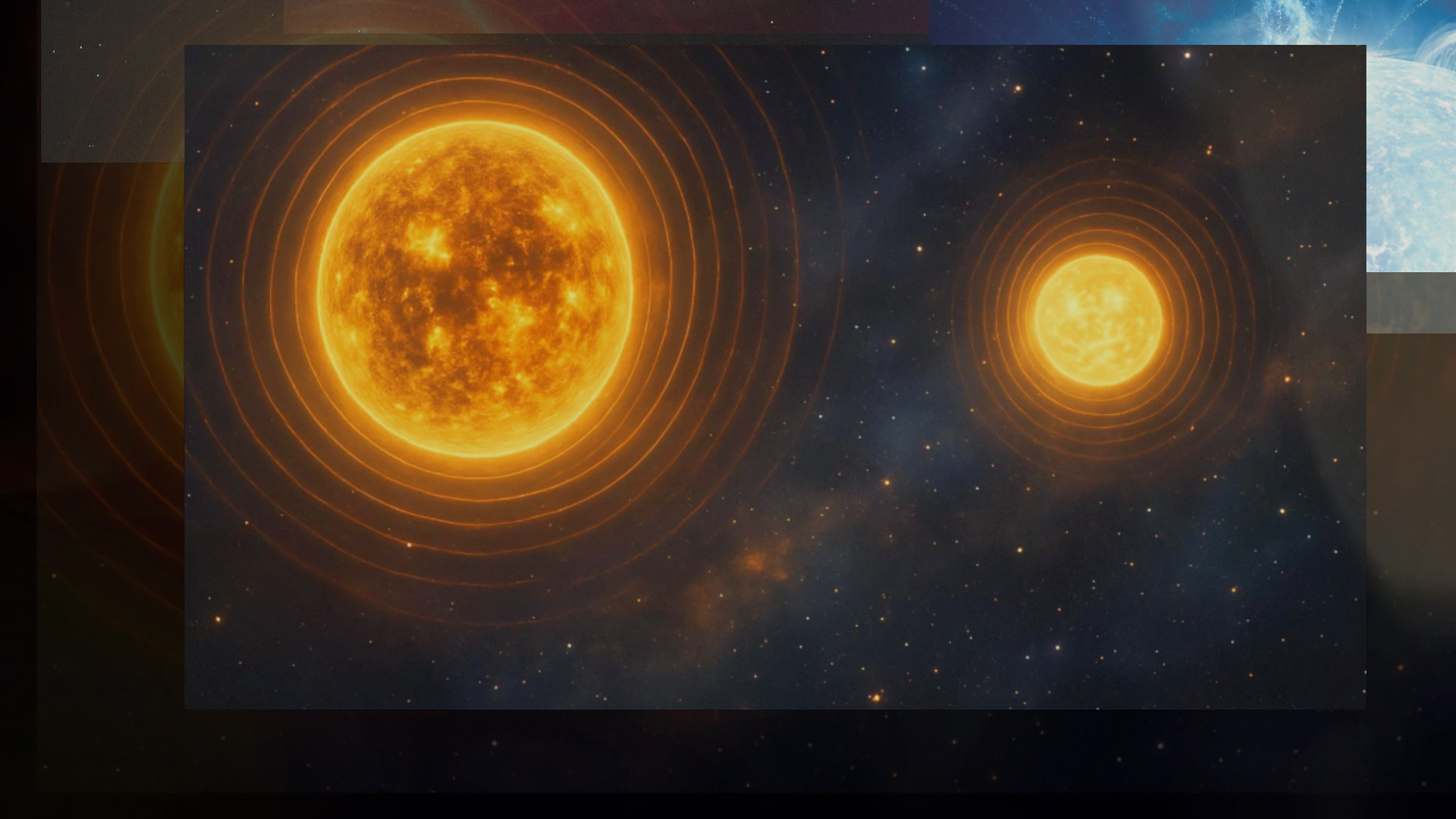
They say music is the universal language of humankind, but some stars in our galaxy exhibit their own rhythm, offering fresh clues into how they and our galaxy evolved over time.

We’re bold, innovative and ambitious digital media creators,
consumers and producers.
We are Trekzone Media.
This is TREKZONE.org.

The mantle of the far side of the Moon is likely drier than the near side, according to international researchers who say this could help us understand how the Earth’s companion formed.

NASA Goddard’s Jason Dworkin is beaming in once again to take us on a deep dive on this episode of Talkin’ Science.

The first trial of an Australian-developed technology has detected mysterious objects by sifting through signals from space like sand on a beach.

Rock and dust samples brought back from the near-Earth asteroid Bennu contain organic matter, including amino acids and all five DNA and RNA bases, as well as salts that formed early in the history of Bennu’s parent body, according to a pair of studies by international and Australian researchers.
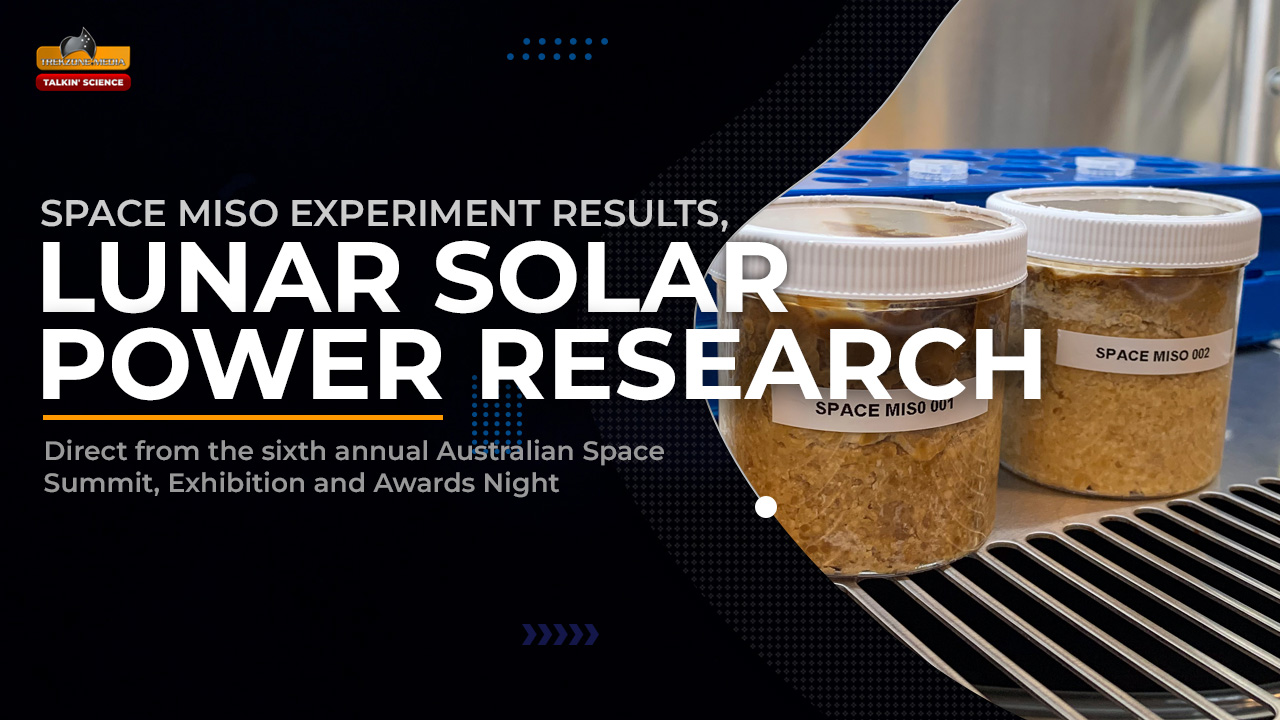
Direct from The Australian Space Summit, Exhibition and Gala Awards Night…

The Schrödinger impact basin is an area of the moon that contains two gigantic canyons – that are definitely there whether you look at it or not – and international researchers say they might have found out how these huge valleys were formed.
© Trekzone Media MMXXV. All Rights Reserved.
The views and opinions expressed by guests on our podcasts are their own and do not necessarily reflect those of Trekzone Media or its employees.